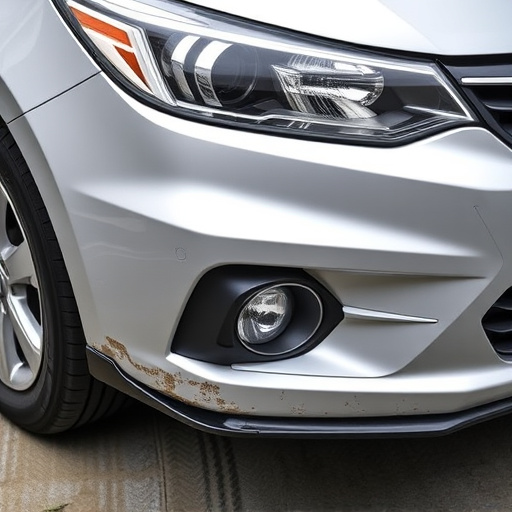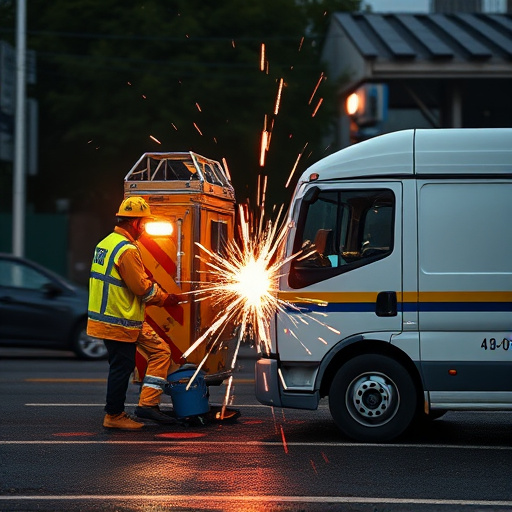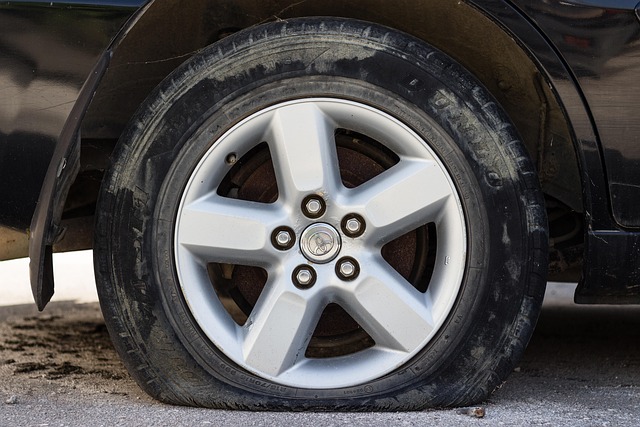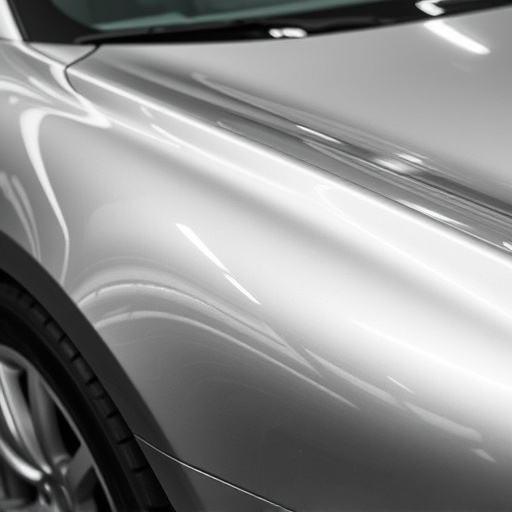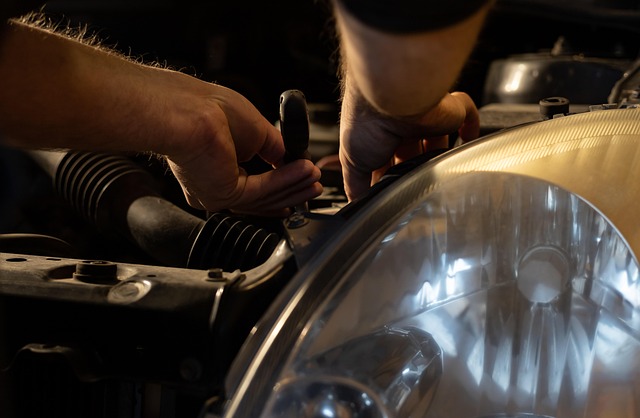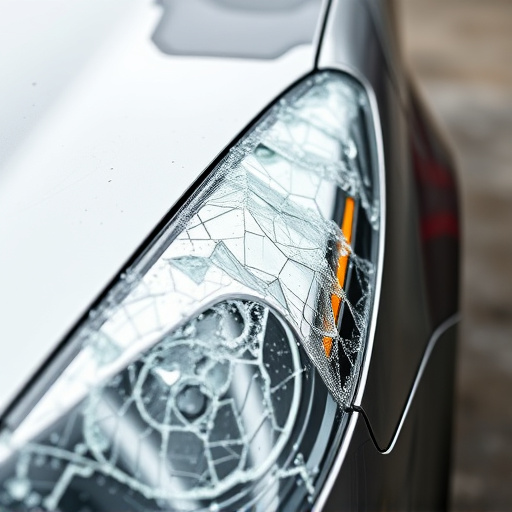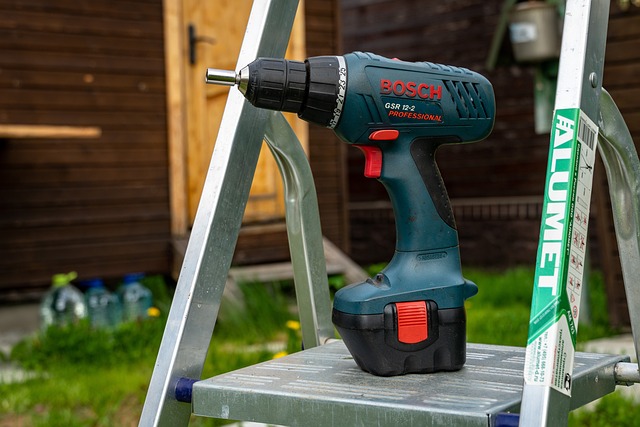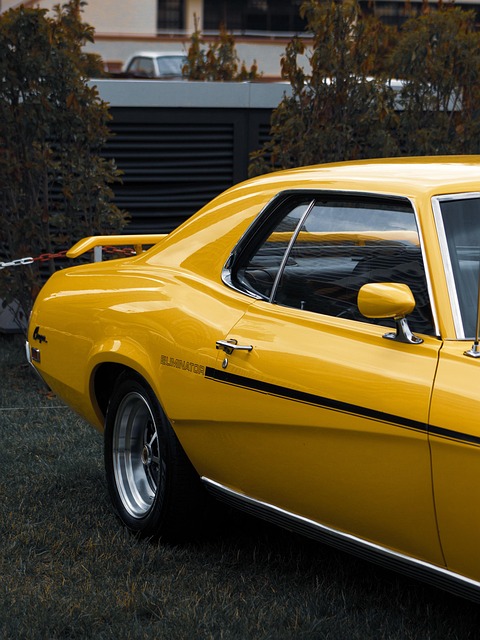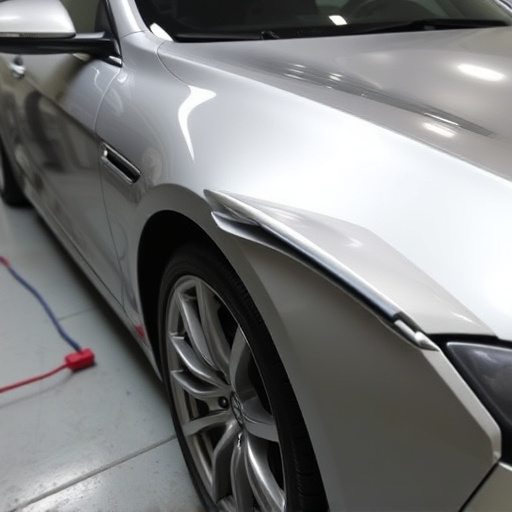Windshield crack repair requires understanding crack dynamics and preparation to ensure structural integrity and minimal scarring. Professional shops use precise tools and resins, applying even pressure for seamless repairs that blend with existing glass. This meticulous process involves specialized compounds and applicators, aiming for a professional finish without visible marks.
Learn how to master the art of even pressure application for successful windshield crack repair. Understanding the dynamics of cracks and preparing your workspace are crucial first steps. Once ready, evenly applying pressure ensures a strong, long-lasting fix. This guide breaks down the process, from understanding crack behavior to the precise techniques for a seamless repair, empowering you to tackle cracks effectively. Master these steps, and you’ll be well-equipped to handle common windshield crack repairs.
Understand Windshield Crack Dynamics

Windshield cracks can vary greatly in size and shape, which directly impacts how they’re repaired. Understanding the dynamics of windshield crack formation is key to ensuring even pressure application during repair. These cracks often occur due to stress concentrated at weak points in the glass, such as existing chips or impurities. When repairing a crack, it’s crucial to consider its depth, length, and any associated damage to the surrounding glass. For instance, a long, thin crack might require different pressure techniques than a broader one.
The goal of windshield crack repair is to fuse the broken pieces back together seamlessly, preserving the structural integrity of the window while minimizing visible scarring. Professional car body shops specializing in collision damage repair employ precise tools and techniques to achieve this. They use specialized resins that match the vehicle’s original paint and apply pressure evenly to ensure a strong bond between the glass fragments. This meticulous process not only repairs the crack but also prevents further weakening or shattering of the windshield, enhancing safety for drivers and passengers alike.
Prepare the Repair Surface

Before beginning any windshield crack repair, ensuring the surface is clean and prepared is essential. Start by removing any dirt, debris, or dust from the cracked area using a soft cloth or brush. This step might seem trivial but plays a crucial role in achieving an even pressure application during the repair process. A clean surface guarantees that the filler material adheres properly, enhancing the effectiveness of the repair.
Additionally, consider using a de-greaser or a specialized cleaner designed for auto maintenance to ensure no residual oils or greases are present. This is especially important when dealing with fleet repair services, where maintaining a consistent and professional finish is vital. Proper preparation not only facilitates an even pressure distribution but also contributes to the longevity of the repair job, ensuring your vehicle’s glass remains in optimal condition.
Evenly Apply Pressure During Repair

During windshield crack repair, evenly applying pressure is key to achieving a seamless fix that matches the vehicle’s original integrity. This meticulous process requires using specialized tools designed for precise control, such as synthetic rubbing compounds and glass repair kits equipped with applicators or spatulas. These tools allow for even distribution of pressure along the cracked area, ensuring no section is over-squeezed or under-worked.
Automotive body shops and vehicle body shops alike emphasize this step because it’s crucial for hiding imperfections and maintaining the structural integrity of your windshield. When carried out correctly, the repair should be nearly indistinguishable from the rest of the glass, leaving no unsightly car scratch repair in its wake. This attention to detail is what distinguishes a professional job from an amateurish attempt at windshield crack repair.
When repairing a windshield crack, applying consistent pressure is key for a successful and durable fix. By understanding the dynamics of cracks and preparing the surface appropriately, you create an ideal environment for effective repair. During the process, evenly distributing pressure ensures the resin penetrates deeply into the crack, filling it completely. This meticulous approach, combined with the right tools and techniques, leads to a strong, long-lasting repair, restoring your windshield’s integrity and safety.

